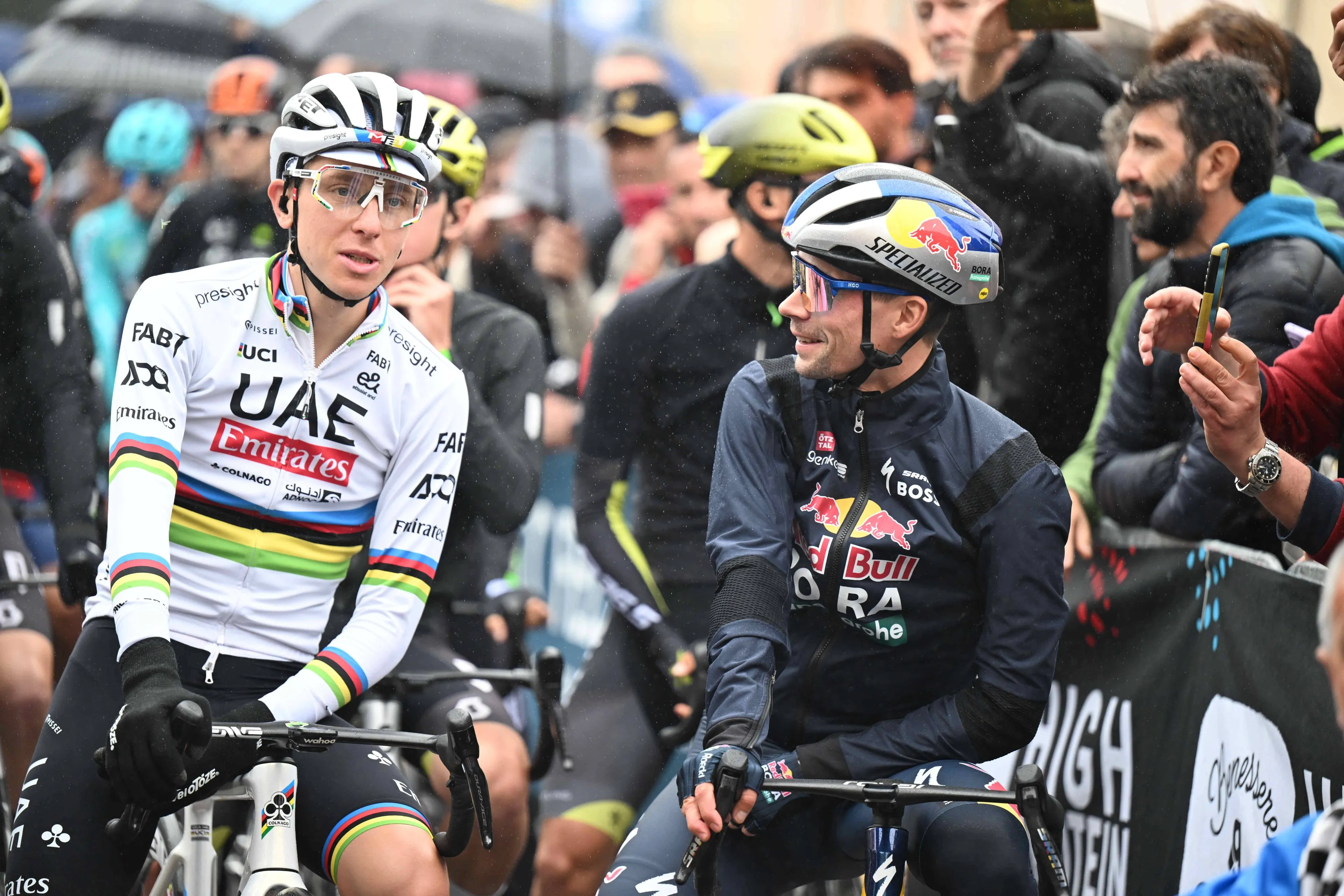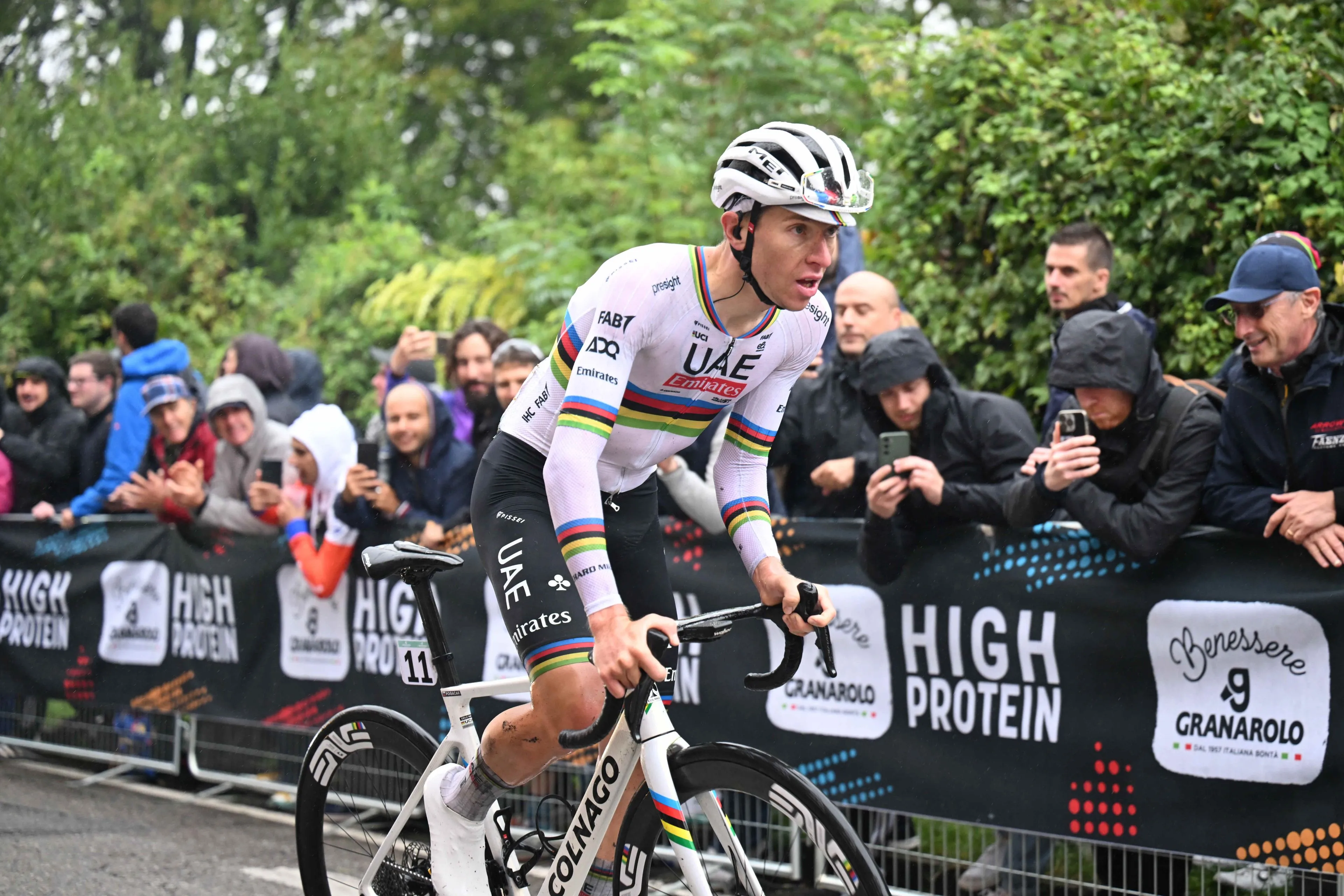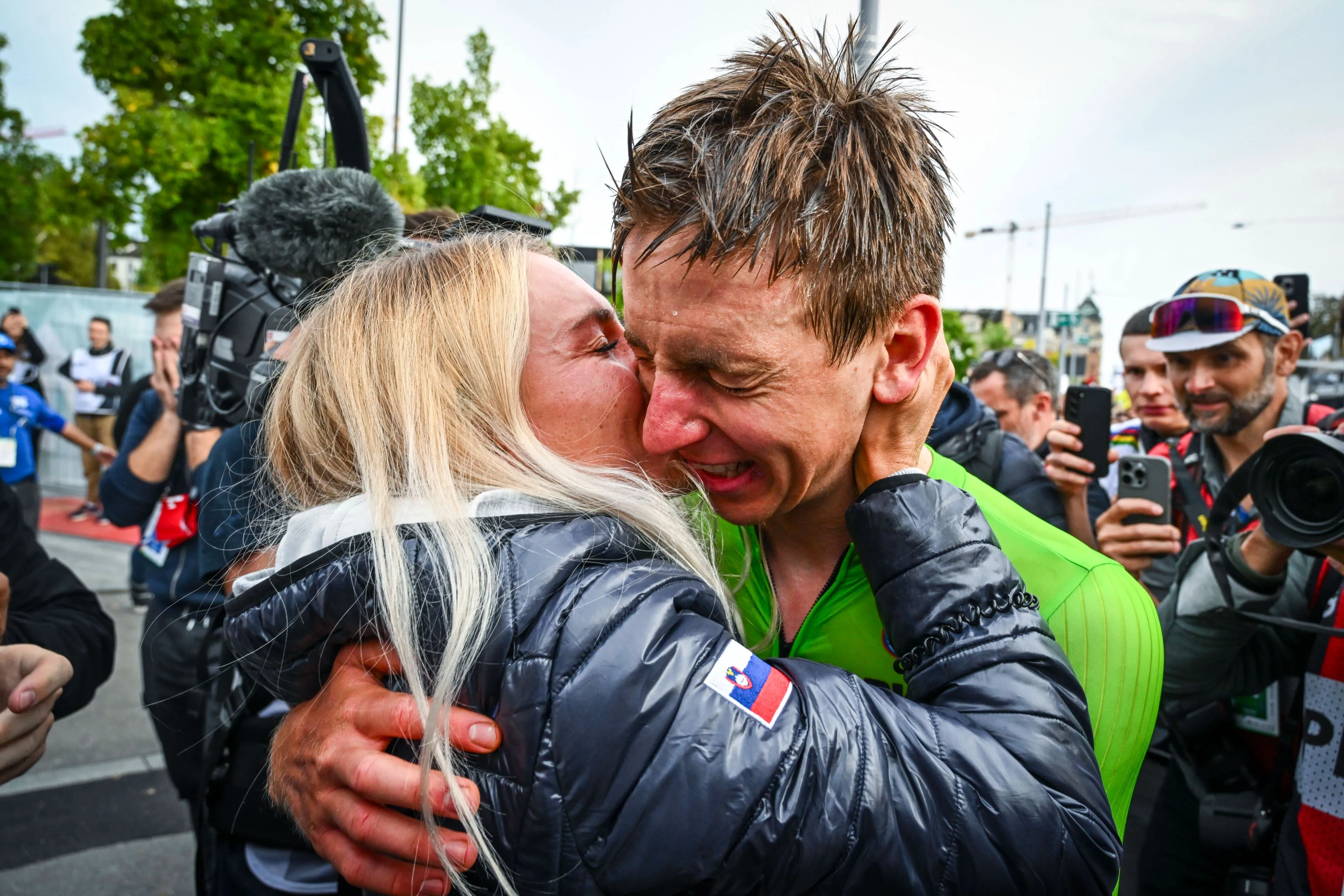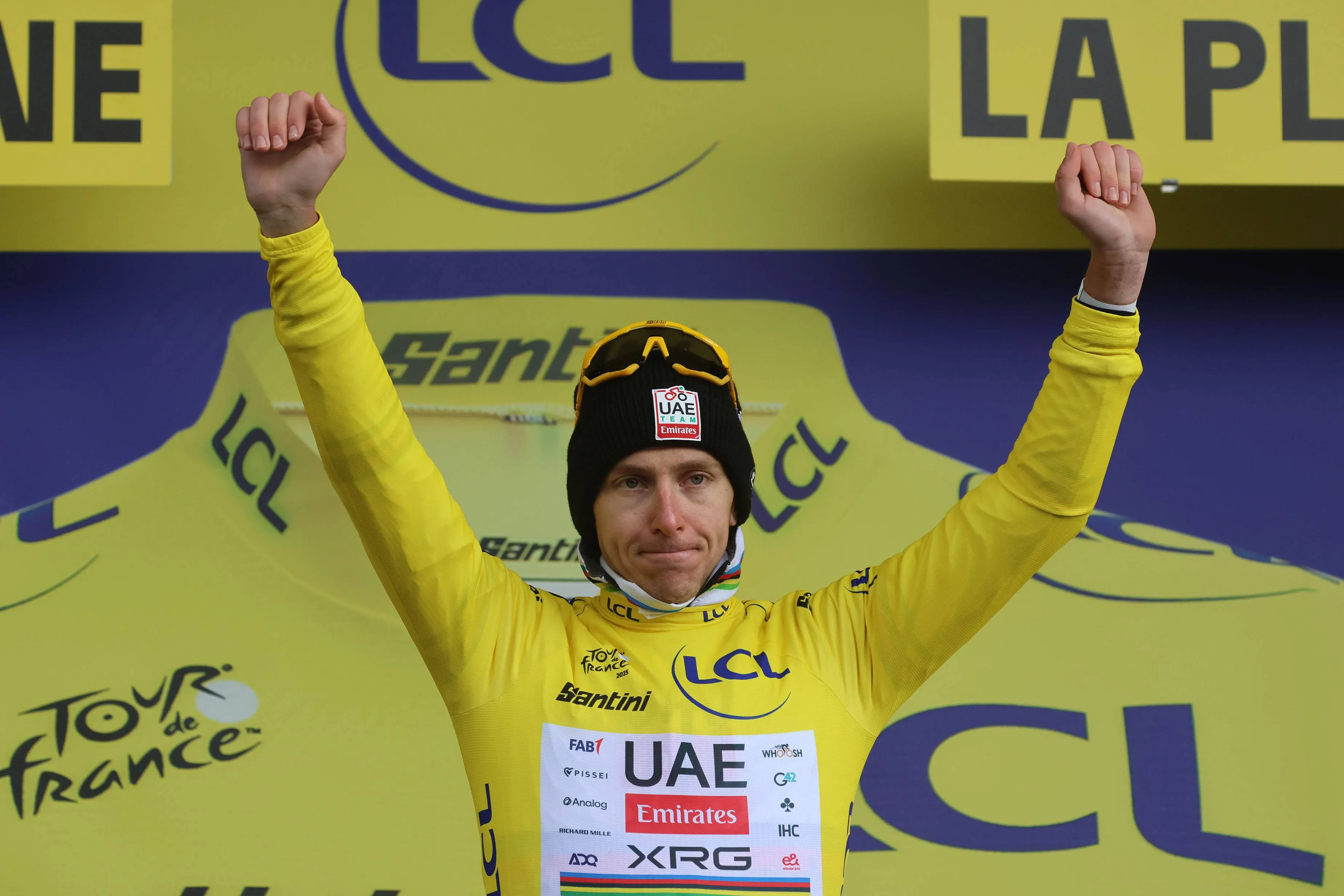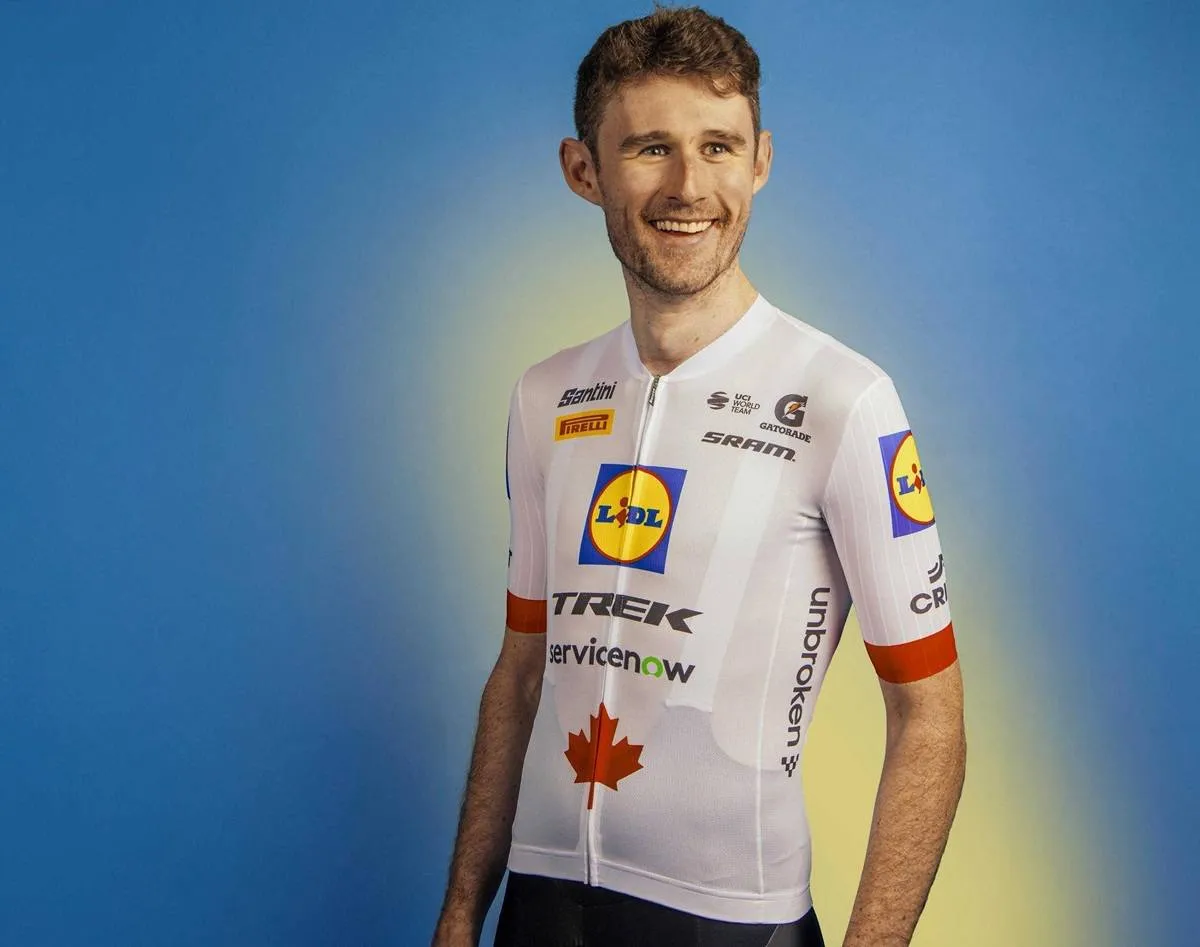ANALYSIS: Why are riders like Tadej Pogacar and Jonas Vingegaard using carbon monoxide?
CyclingSaturday, 16 November 2024 at 11:02

Cycling, like any other professional sport, sees riders and
teams constantly experimenting with different training methods, dietary plans,
and supplements, all to find the extra 1%. But in a sport where the smallest of
margins can make the difference between a grand tour victory, and dropping like
a stone on the first climb, there is a constant flow of new products and
methods that fall in a grey area between legal and illegal. Cycling’s past is
one riddled with shady characters, and words such as EPO and blood doping are dark
clouds that still linger over the sport.
In 2024, the new controversy is carbon monoxide. Back in July,
the two main protagonists of the last five Tour de France, Tadej Pogacar and
Jonas Vingegaard, both confirmed they had used it previously - although it's unclear how much and if it had any effects. At this stage, it
is still legal, but whether this is simply a training revolution or another
dark path for cycling (which could definitely do without any more dark paths), remains
to be seen. Cycling fans naturally get suspicious of any performance-enhancing mechanism,
especially those that they may not understand. So, we want to look at what the
benefits are of carbon monoxide, and how teams are using it to create
performance gains.
Read also
Should it be illegal in sport? This article may not answer
that question, but it will hopefully help you to understand why it is becoming
more popular in cycling, and why some riders and experts have their concerns.
What is carbon monoxide?
Stay with us, its about to get scientific, but we’ll break
it down and find out its relevance to cyclists shortly.
Carbon monoxide (CO) is a colourless, odourless gas produced
by the incomplete combustion of carbon-containing materials. In the human body,
CO is generated during the breakdown of heme by the enzyme heme oxygenase. At
low concentrations, CO functions as a signalling molecule, influencing various
physiological processes.
Read also
In the context of athletic performance, particularly in
endurance sports like cycling, CO has gathered attention for its potential to
enhance oxygen delivery and utilisation. When inhaled in controlled, low doses,
CO binds to haemoglobin, forming carboxyhaemoglobin. This binding reduces the
oxygen-carrying capacity of the blood, simulating hypoxic conditions similar to
those experienced at high altitudes. The body responds by increasing the
production of erythropoietin (EPO), stimulating the generation of red blood
cells and then elevating total haemoglobin mass. An increase in haemoglobin
mass can improve oxygen transport to muscles, potentially enhancing endurance
performance.
Ok, confused? Yep, we are too, so here’s a more concise
explanation: By mimicking the effects of high-altitude training through
controlled CO exposure, athletes may boost their red blood cell count, leading
to better oxygen delivery during prolonged physical activity. Beyond cycling,
other endurance sports have explored CO inhalation for performance benefits, particularly
any where maximum aerobic capacity is a priority.
Read also
Are there any risks?
While controlled CO exposure may offer performance
advantages, it carries significant health risks. CO has a high affinity for haemoglobin,
binding more readily than oxygen and forming carboxyhaemoglobin. Elevated
levels of carboxyhaemoglobin can reduce oxygen delivery to tissues, leading to
symptoms such as headaches, dizziness, and, in severe cases, loss of
consciousness or death. Chronic exposure, even at low levels, may result in
cardiovascular and neurological complications. So, like other dark paths
cycling has gone down in the past, carbon monoxide certainly has health risks
to even the fittest athletes.
The margin between a potentially beneficial dose and a
harmful one is narrow, making precise control essential. Unsupervised or
improper use of CO inhalation poses serious health risks, which highlights the
need for medical oversight and for riders and teams to strictly follow safety
rules.
Read also
What have the riders said?
During the 2024 Tour de France, the use of carbon monoxide
rebreathing techniques by top teams, including UAE Team Emirates and Team Visma
Lease a Bike, sparked discomfort within the peloton. These teams employed CO
rebreathing to measure haemoglobin mass, and whilst this is not illegal, it was
viewed with a raised eyebrow by many within the media and cycling fans. Riders
like Tadej Pogacar and Jonas Vingegaard defended the method, emphasising its
role in assessing training efficiency rather than performance enhancement. This
is different to other performance enhancing drugs of the past, as it is an assessor
of current fitness levels, rather than a fitness boost.
In an interview with Eurosport, French cyclist Romain Bardet
expressed awareness of CO inhalation practices, acknowledging the ‘arms race’
amongst teams to have the most advanced mechanisms to boost performance. He
highlighted the ethical considerations and the need for clear regulations,
noting that in a highly competitive environment, reliance on individual ethics
is insufficient in the constant battle to keep things fair.

Romain Bardet has expressed concerns over carbon monoxide use
The use of substances or methods that enhance performance
while remaining within legal boundaries is not unique to cycling. In sports
like athletics and swimming, techniques such as hypoxic training (simulating
high-altitude conditions) and the use of supplements like ketones have been tested
and used to gain a competitive edge. These practices often spark debates about
fairness, health implications, and the spirit of sport, highlighting the
ongoing tension between innovation and regulation in athletic performance.
What do the governing bodies say?
The introduction of carbon monoxide rebreathing as a
performance-enhancing method has raised critical questions regarding the
boundaries of what is deemed ethical in professional cycling. Governing bodies
like the UCI and the World Anti-Doping Agency (WADA) face significant
challenges when addressing innovative methods that fall within legal limits but
hang on the edge of what might be considered fair competition. The debate often
lies not in whether these practices are allowed under current regulations but
in whether they align with the spirit of fair play that sports organisations
aim to uphold.
Read also
Historically, sports authorities have had to adapt to new
scientific discoveries rapidly, balancing the need to maintain a level playing
field with the understanding that advancements in training and recovery are
inevitable. Like Formula 1 cars are constantly getting faster as technology
improves, cyclists also get faster as their training, diet, and resources
become more advanced.
The case of carbon monoxide rebreathing places the UCI and
WADA at a crossroads: should they wait for conclusive evidence of harm or
unfair advantage before acting, or take a proactive stance to preserve the
sport’s reputation from any more harm?
Read also
Can fans handle more cycling controversy?
The impact of carbon monoxide rebreathing extends beyond the
peloton and into the realm of public opinion and media scrutiny. Cycling, still
damaged by past doping scandals, remains under intense observation. The mention
of new, unconventional practices often triggers scepticism among fans, who fear
that the sport is playing a dangerous game once more. This reaction is
magnified by the media, which frequently positions such stories within the
larger narrative of cycling's troubled history with performance enhancement.

Tadej Pogacar has been subject to questions about his performance in 2024
The media portrayal of carbon monoxide usage can sway public
opinion on the topic, framing it either as a clever, legal method of maximizing
athletic output or as another potential scandal in the making. High-profile
endorsements or criticisms from riders and teams play a crucial role in shaping
these narratives. For instance, when Tadej Pogacar and Jonas Vingegaard
admitted to using CO rebreathing, the conversation shifted to whether this
represented forward-thinking training or an ethical grey zone that could lead
to future bans.
Understanding public perception is key to predicting how
long methods like CO rebreathing will remain part of competitive cycling. If
widespread backlash grows, it may push governing bodies to re-evaluate and
potentially ban the practice. As such, public and media reactions act as
unofficial watchdogs of what practices are acceptable, influencing the
direction of sports regulation and the evolution of training methodologies.
Read also
claps 10visitors 1
Just in
Popular news
Latest comments
- I also think he won't get the chance. By the time Tadej stops winning other riders younger than Remco will take his place as the top GC contenders.Renz07-01-2026
- Too bad
 ChillingCyclist07-01-2026
ChillingCyclist07-01-2026 - Heck yea. He is still getting better. He started pretty late in pro cycling so he probably still has some room to improve. Last year was his best yet despite only half a season. Four stage races ( one a GT). Worst GC result 4th.mobk07-01-2026
- Was better prior to last year...
 leedorney06-01-2026
leedorney06-01-2026 - Always been a weird team
 leedorney06-01-2026
leedorney06-01-2026 - "there is nothing special about Van Aert's ride to Montmartre." So one of the heroes of the sport winning an iconic stage in the TdF isn't even a bit special?mobk06-01-2026
- Add that to the injury history plus his age and Wout has tough year ahead of him.Cyclingsbestfan06-01-2026
- That was the beautiful thing about the pandemic... Zero spectators and racers could race. The camera microphones were able to pick up the labored breathing of the athletes.
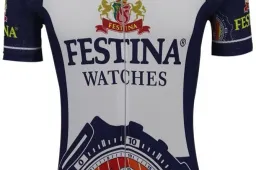 Front24206-01-2026
Front24206-01-2026 - Any reason why the law should treat different categories of people differently? Don’t we have enough spite and discrimination already, including in justice systems?Mistermaumau06-01-2026
- Marriage & children will bring a cycling career to an end.
 Front24206-01-2026
Front24206-01-2026
Loading
11 Comments
